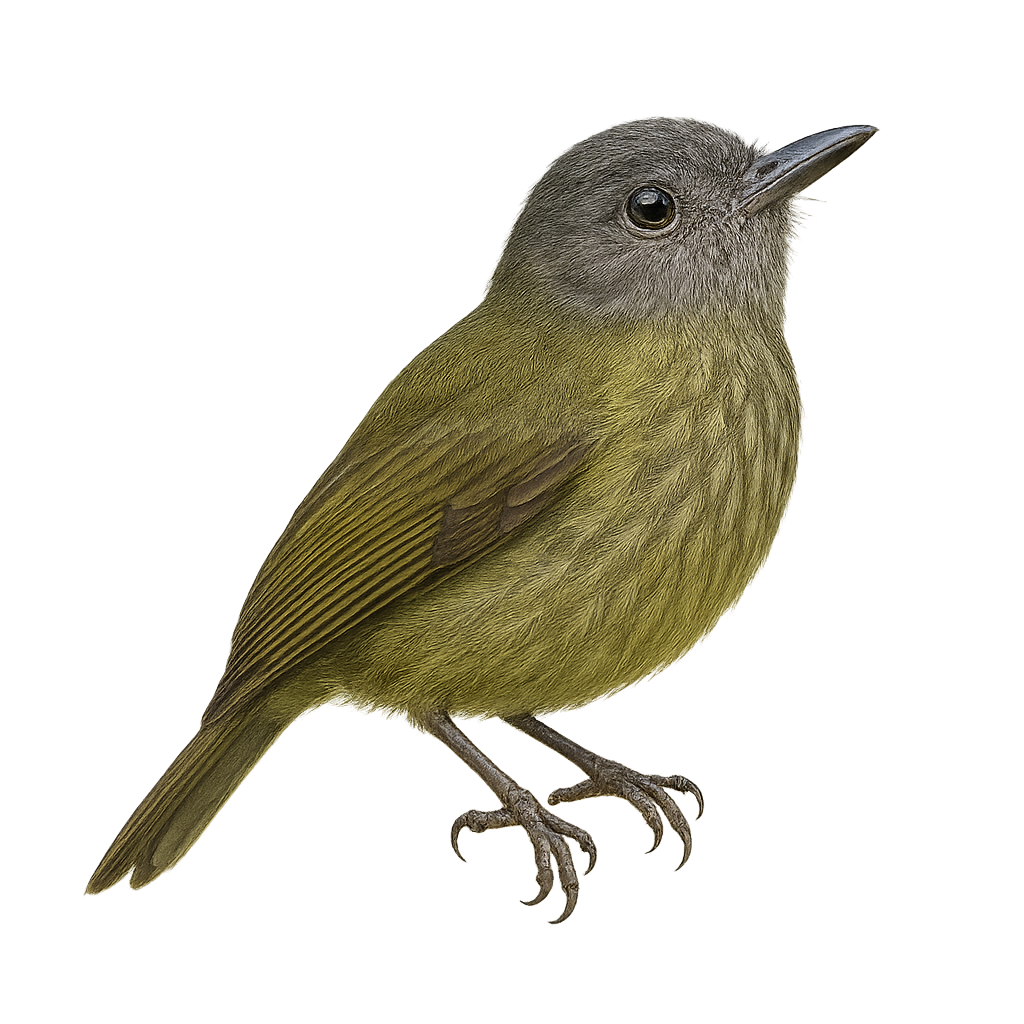Your wildlife photography guide.
Explore the streak-necked flycatcher in detail, study its behavior, prepare your shots.
Where to observe and photograph the streak-necked flycatcher in the wild
Learn where and when to spot the streak-necked flycatcher in the wild, how to identify the species based on distinctive features, and what natural environments it inhabits. The WildlifePhotographer app offers tailored photography tips that reflect the streak-necked flycatcher’s behavior, helping you capture better wildlife images. Explore the full species profile for key information including description, habitat, active periods, and approach techniques.
Streak-necked Flycatcher
Scientific name: Mionectes striaticollis

IUCN Status: Least Concern
Family: TYRANNIDAE
Group: Birds
Sensitivity to human approach: Suspicious
Minimum approach distance: 10 m
Courtship display: September to October
Incubation: 16-18 jours
Hatchings: October to November
Habitat:
humid forests, cloud forests, forest edges
Activity period :
Primarily active during the day, with peak activity in the morning and late afternoon.
Identification and description:
The Streak-necked Flycatcher, or Mionectes striaticollis, is a small bird from the Tyrannidae family. It is characterized by its olive-brown plumage with distinctive white streaks on its neck and chest, giving it a unique appearance. This bird is primarily found in the humid forests of the Andes, where it feeds on insects and fruits. Known for its active behavior and melodious song, the Streak-necked Flycatcher is a diurnal bird often seen darting through the canopy. Although relatively tolerant of human presence, it prefers dense habitats where it can easily hide. Its population is stable, and it is not considered threatened.
Recommended lens:
400 mm – adjust based on distance, desired framing (portrait or habitat), and approach conditions.
Photography tips:
To photograph the Streak-necked Flycatcher, it is advisable to use a telephoto lens of 400mm or more to capture detailed images from a distance. Look for dense forest areas where this bird is active. Be patient and ready to react quickly, as it often moves swiftly through the canopy. Use a tripod to stabilize your camera and adjust ISO settings to compensate for low light under the canopy.
The WildlifePhotographer App is coming soon!
Be the first to explore the best nature spots, track rutting seasons, log your observations, and observe more wildlife.
Already 1 439 wildlife lovers subscribed worldwide

